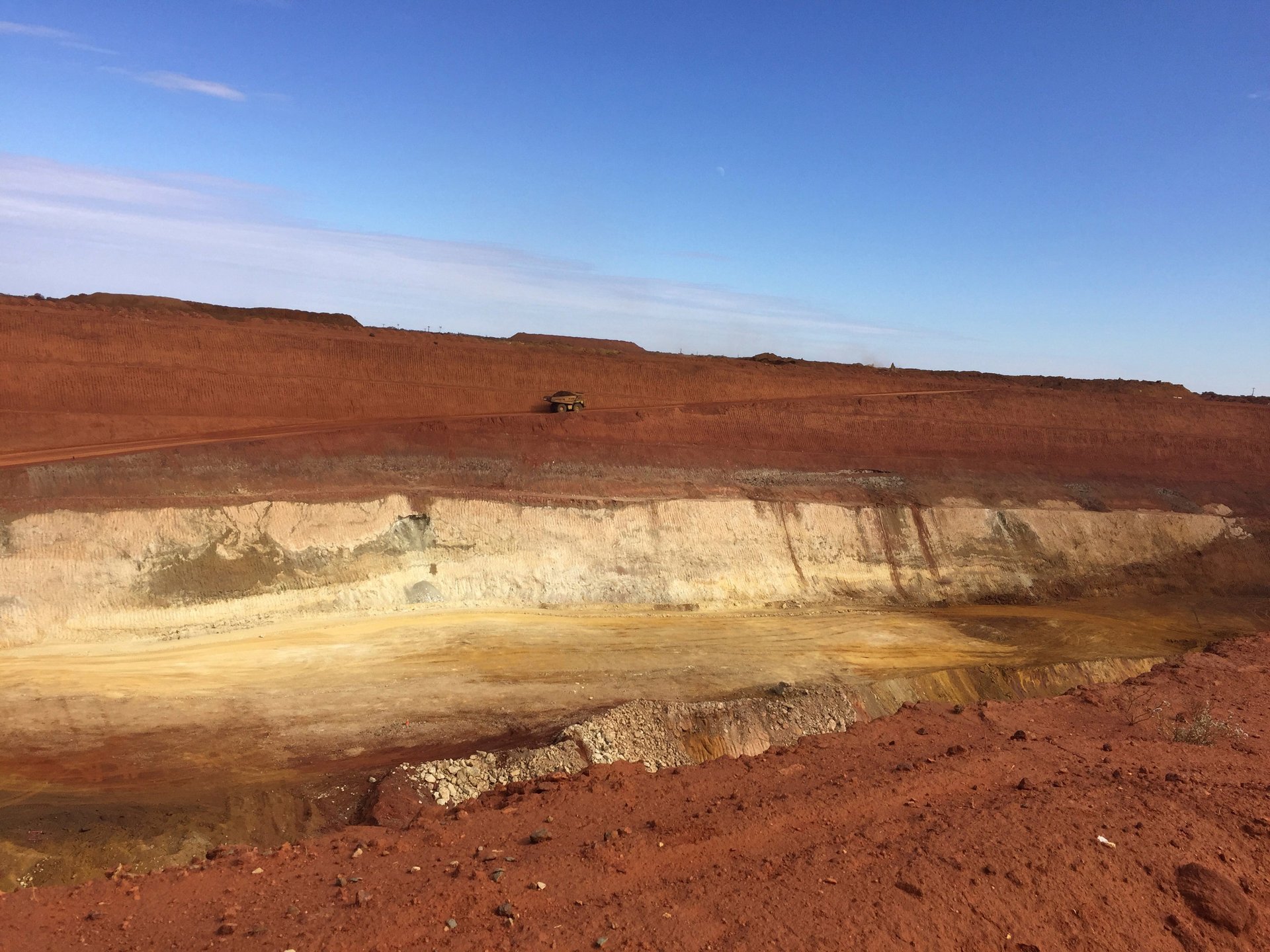Australia’s Lynas is riding a wave of surging rare earths demand
Lynas, the world’s biggest rare earths producer and processor outside of China, reported record quarterly revenue today (July 26), boosted by robust global demand for the critical minerals used in permanent magnets powering wind turbines and electric vehicles.


Lynas, the world’s biggest rare earths producer and processor outside of China, reported record quarterly revenue today (July 26), boosted by robust global demand for the critical minerals used in permanent magnets powering wind turbines and electric vehicles.
The news sent shares of the Australia-listed company surging over 10% to AU$7.10 (US$5.21), a more than eight year high.
Fourth-quarter sales revenue for the period ending June 30 came in at a record AU$185.9 million ($137 million), more than three times the AU$38 million reported for the period last year.
“This result reflected sustained demand for Lynas NdPr products and strong market pricing, as end users and governments around the world continue to recognize the need for a diversified supply of responsible rare earth materials,” CEO Amanda Lacaze said in a statement.
NdPr is short for neodymium-praseodymium, two light rare earth elements that are used in permanent magnets. Rare earths are a group of 17 metals crucial for manufacturing high-tech products. Lynas’s production levels are also up, producing 1,393 metric tons of NdPr, nearly double the 775 metric tons from a year ago.
Lynas is optimistic about its market outlook, as global demand for its products has recovered from pre-pandemic levels and is expected to continue growing robustly, fueled by the world’s transition to electric vehicles and renewable energy in a bid to curb carbon emissions.
“Despite the global shortage of semi-conductors which affects all industries and in particular, the automotive industry, the NdFeB market is experiencing very strong growth, supporting the demand for NdPr and the [heavy rare earths] produced by Lynas,” Lacaze said in the statement. NdFeB, or neodymium-iron-boron, is another name for NdPr permanent magnets.
🎧 For more intel on renewable energy, listen to the Quartz Obsession podcast episode on rare earths. Or subscribe via: Apple Podcasts | Spotify | Google | Stitcher.
China currently dominates the global rare earths industry, both in the upstream mining and the midstream processing segments. For example, it commands 83% of global markets share for NdPr, with Lynas a distant second at 15%, according to estimates by financial services firm Canaccord Genuity.
Still, as the western world including the US, Europe, and Australia look to reduce reliance on China for the strategic metals, Lynas has a key role to play in helping diversify global supply chains. This task holds particular significance as global demand for NdPr is forecast to more than double by 2030, according to research firm Adamas Intelligence. The firm also predicts an NdPr shortage of 16,000 metric tons by 2030, equal to roughly three times Lynas’s annual output.
Luckily, Lynas isn’t alone in its mission to diversify rare earth supply chains. The company is working with the US on rare earth processing capabilities, with the US department of defense awarding the firm over $30 million to build a light rare earth separation facility in Texas. Lynas also has a joint venture with US firm Blue Line to build a heavy rare earths separation plant, for which the Pentagon has also committed funding.
“[T]he level of sophistication of understanding of the importance of the whole of the rare earths supply chain, including the downstream ecosystem, is really picking up both in the U.S. and also in Europe,” Lacaze said in an analyst call today after the earnings announcement.